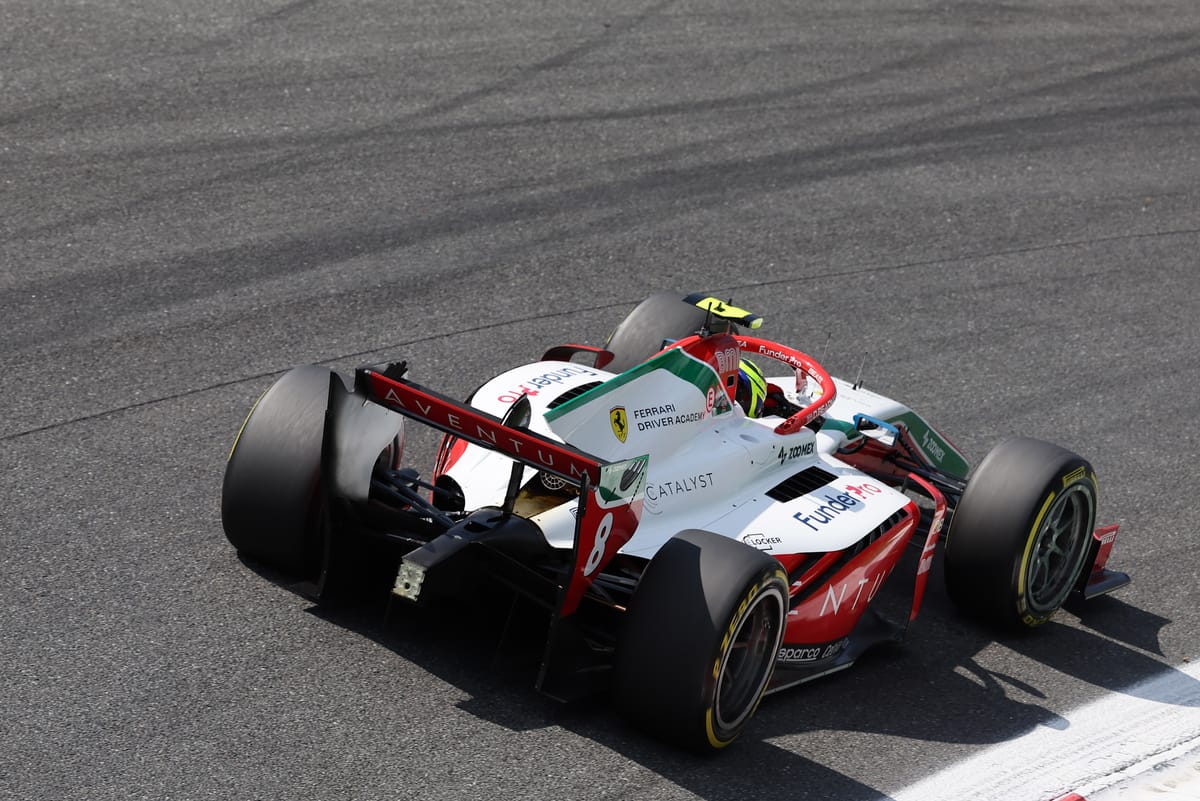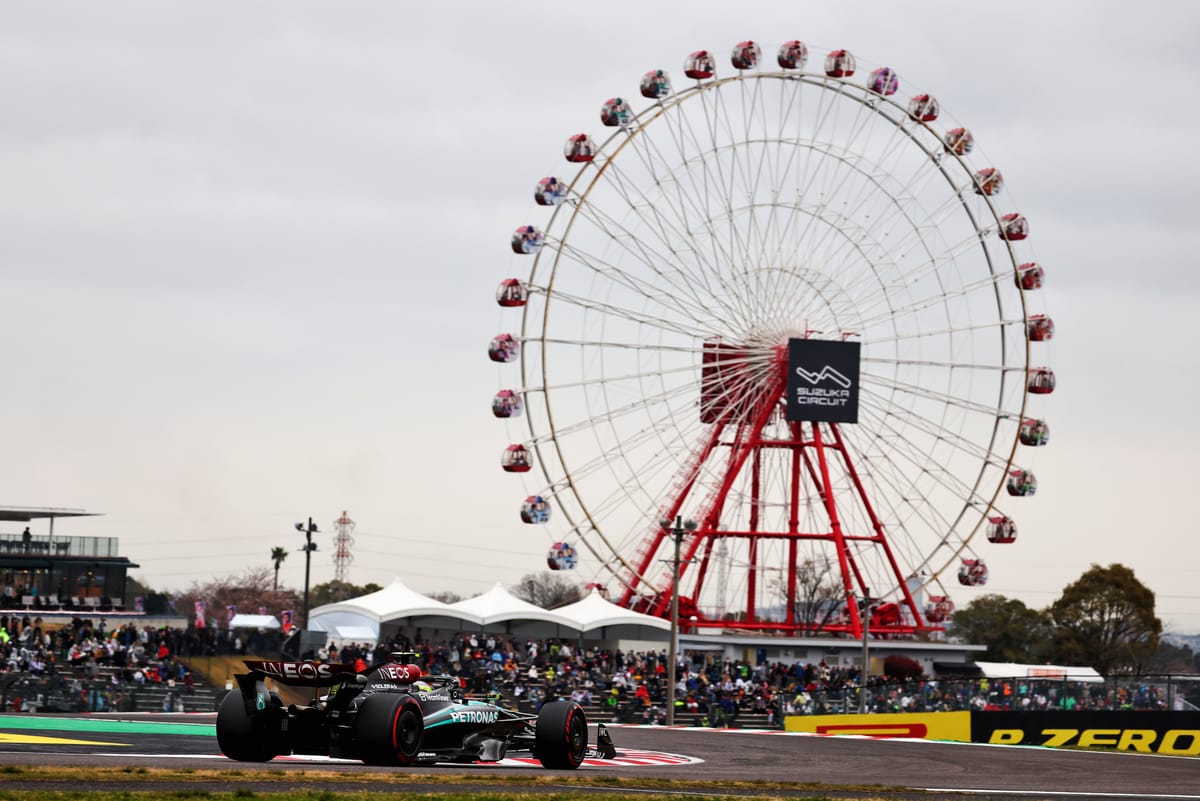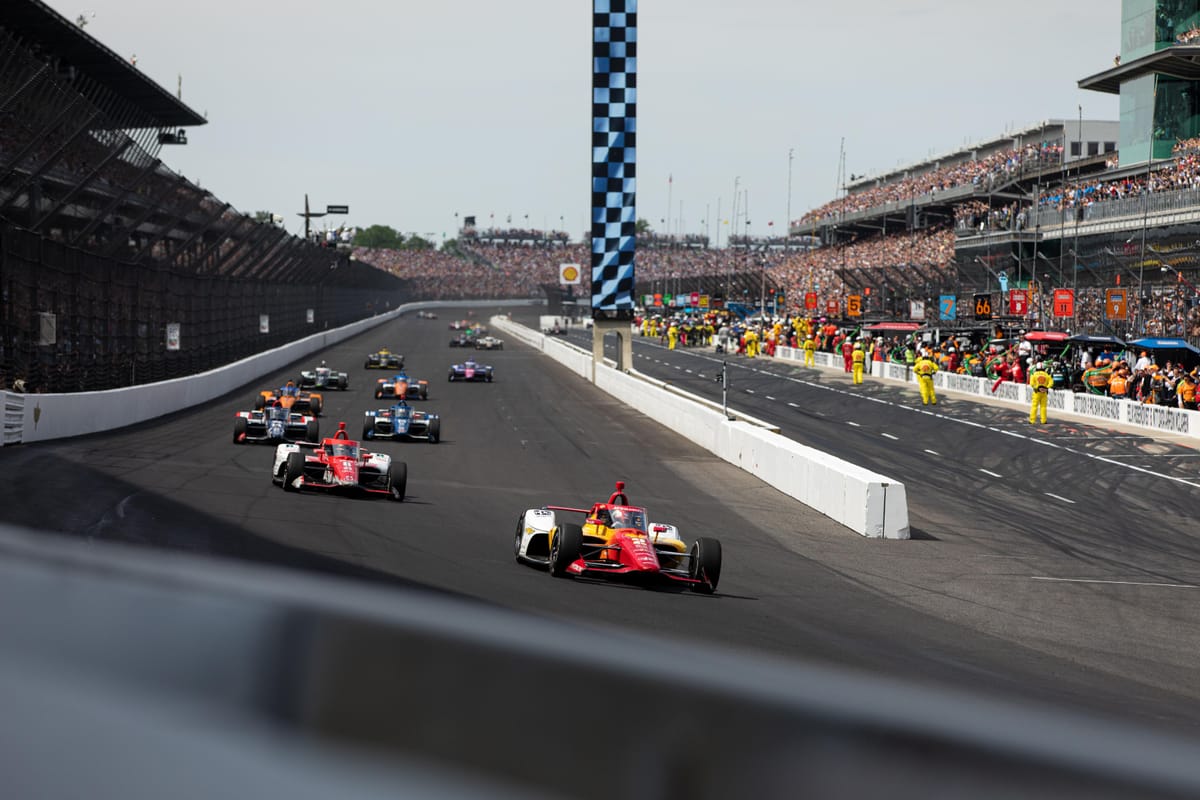until Abu Dhabi Autonomous Racing League

The Prema Racing team famous for Formula 2 and Formula 3 success catapulting a multitude of drivers to F1 is entering IndyCar - so we spoke to the team to get in-depth background on the move.
Entering with Chevrolet engines and two cars for the 2025 season, the squad’s team principal Rene Rosin and team representatives are on the ground to launch the outfit Stateside at the Indy 500 open test happening this week.
Piers Phillips - ex-Rahal Letterman Lanigan president, pictured below - is part of the delegation as the person overseeing things in the States.
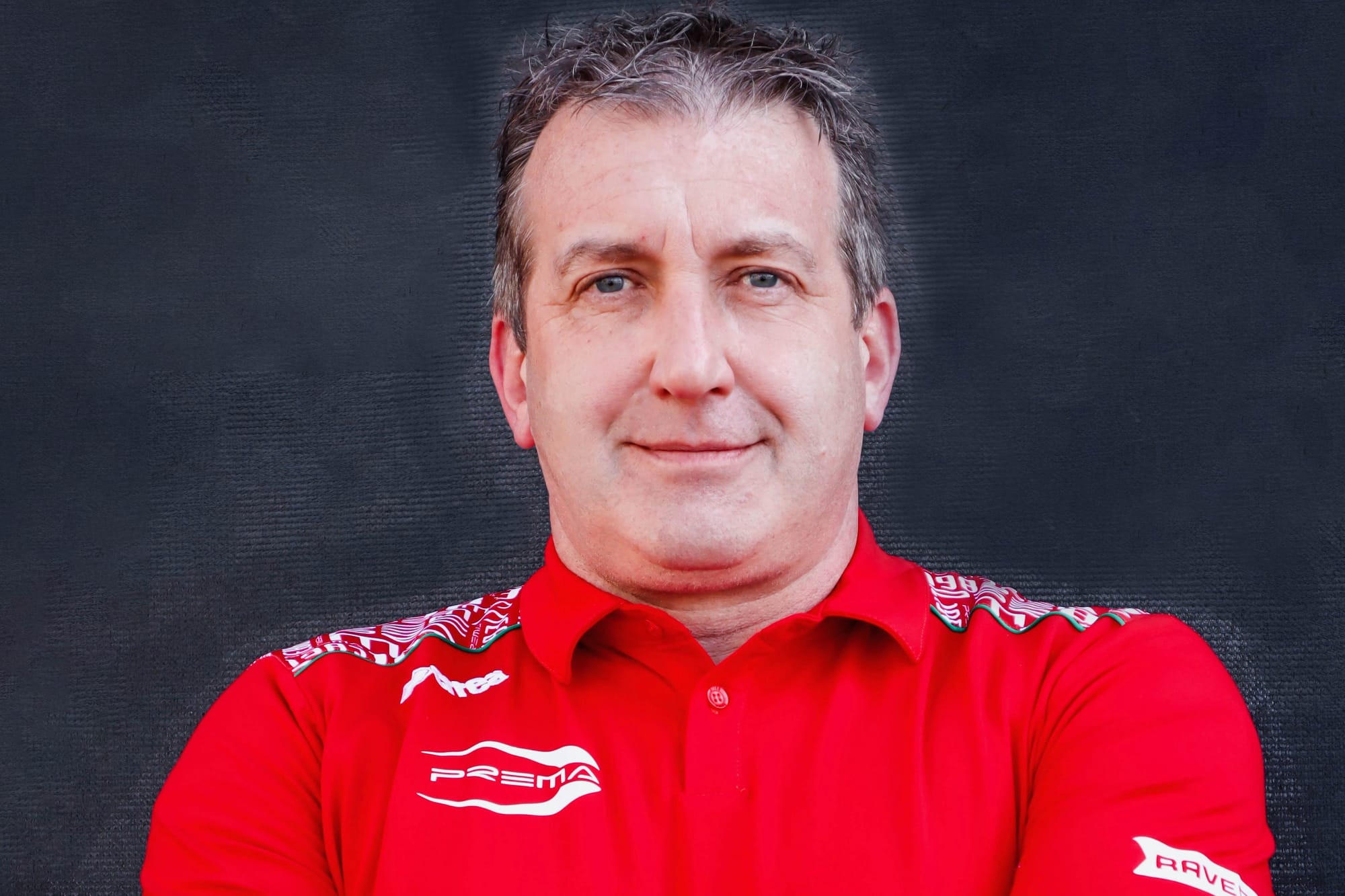
The team is regularly in the spotlight as in F2 it fields the 17-year-old who is in the mix to replace Lewis Hamilton - Kimi Antonelli - and Saudi Arabia Formula 1 debutante superstar Ollie Bearman.
But now that focus switches at least momentarily to IndyCar.
There are many questions you might have about the team’s move. Is it being set up to give F2 drivers a home? Will it be run by staff from Italy or America? How will it approach ovals? Will it adapt to being behind with the hybrid or be successful where other teams have struggled making this switch?
The Race has spoken to the team and polled its sources to give you the answers and give you the story behind the headline.
Why now?
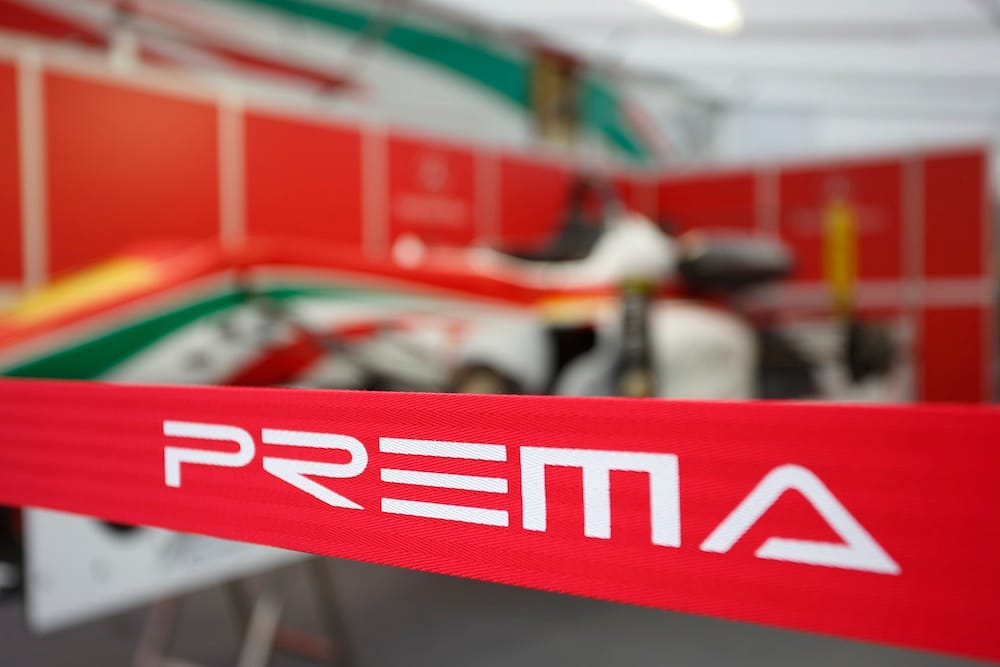
Prema has been working on a potential IndyCar programme for some time. The fact many of its former drivers have made appearances or a home in IndyCar was not lost on the squad and it identified the series as a strong option for its expansion.
The team celebrated its 40th-anniversary last year in a glitzy event at its base near Venice attended by Formula 1 champions, Le Mans winners and legends of motorsport alike, but up until a few years ago the team had been focused on junior formulae.
However, it has expanded into sportscars proper, karting and F1 Academy alongside its more familiar F2 and F3 series in recent years.
IndyCar is just the next step as it looks to expand further.
It comes now so that there is time before 2025 to enter the market for drivers, staff and sponsors and to have time to get a team set up to test before next season. It’s a long runway to prepare even if the time will move quickly.
This team is used to getting a brand-new car and having three days of testing before an F2 season, so this lead-up will be a luxury.
Is this just somewhere to place F2 drivers?
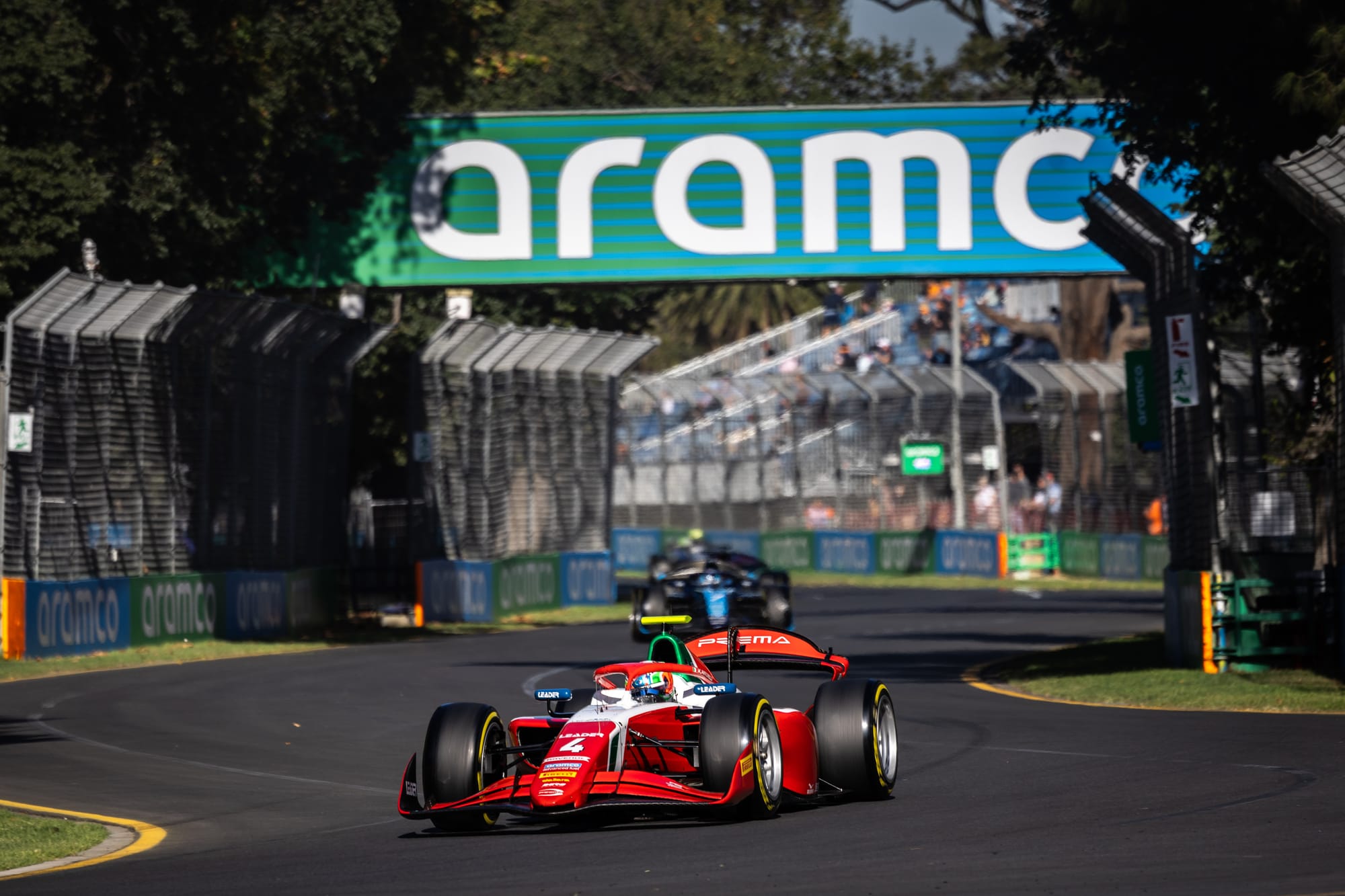
At the core of this answer is its recent expansion. Specifically in sportscars and karting Prema has seen a gap in the market for its expertise and has looked to exploit it.
It would be shortsighted to suggest the team is just a place to put F2 drivers, although you can bet that owing to how much data and information it has on those drivers, they will be high on the shortlist. Especially given how well some recent F2 graduates (think Christian Lundgaard, Callum Ilott and Marcus Armstrong) have done in IndyCar.
But the team is well aware that there will be benefits to taking drivers it isn’t familiar with, too.
“The IndyCar team will operate independently,” team boss Rene Rosin (pictured below) told The Race when asked if it was just a feeder for its current drivers.
“Of course, if there is a driver whose profile and skills match the ones required for our IndyCar team, we’ll be happy to take them into consideration.
“However, at least at the beginning, and in an ideal world, we would like one of the two drivers to have experience in IndyCar, to help us accelerate the learning process and bridge the gap to other teams. I think the expansion of Prema in IndyCar could be an additional motivation for our drivers and completes our ladder even more.
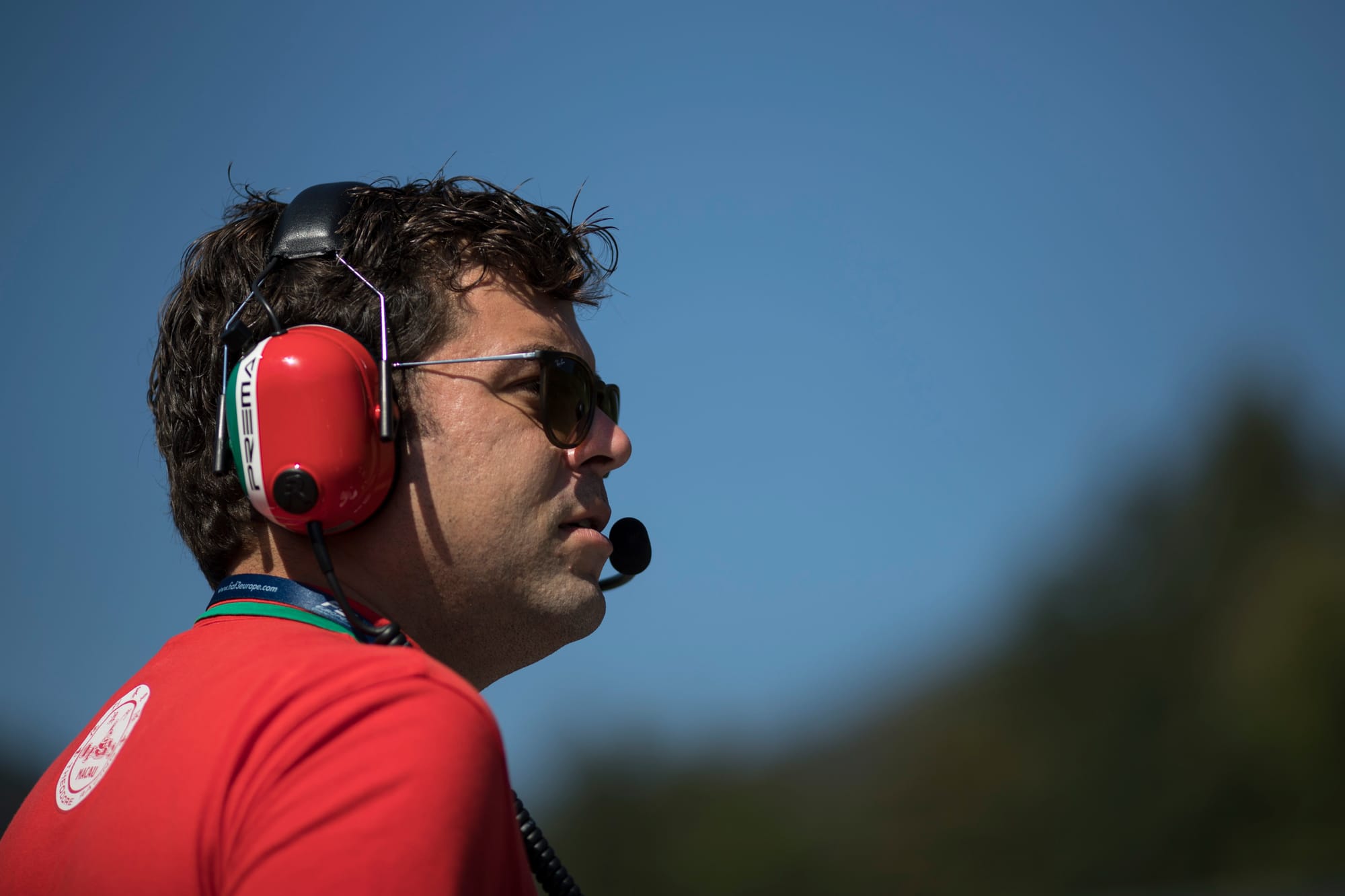
“Our ideal line-up would be made of an experienced driver and a quick rookie. Of course, we will also have to take into consideration the drivers’ market and make the best possible choice for the Team.
“We are already in contact with some drivers, but we haven’t made our choice yet. This is something we will discuss better now that the news is out and we will then announce our line-up in due time.”
Where will the team be based?
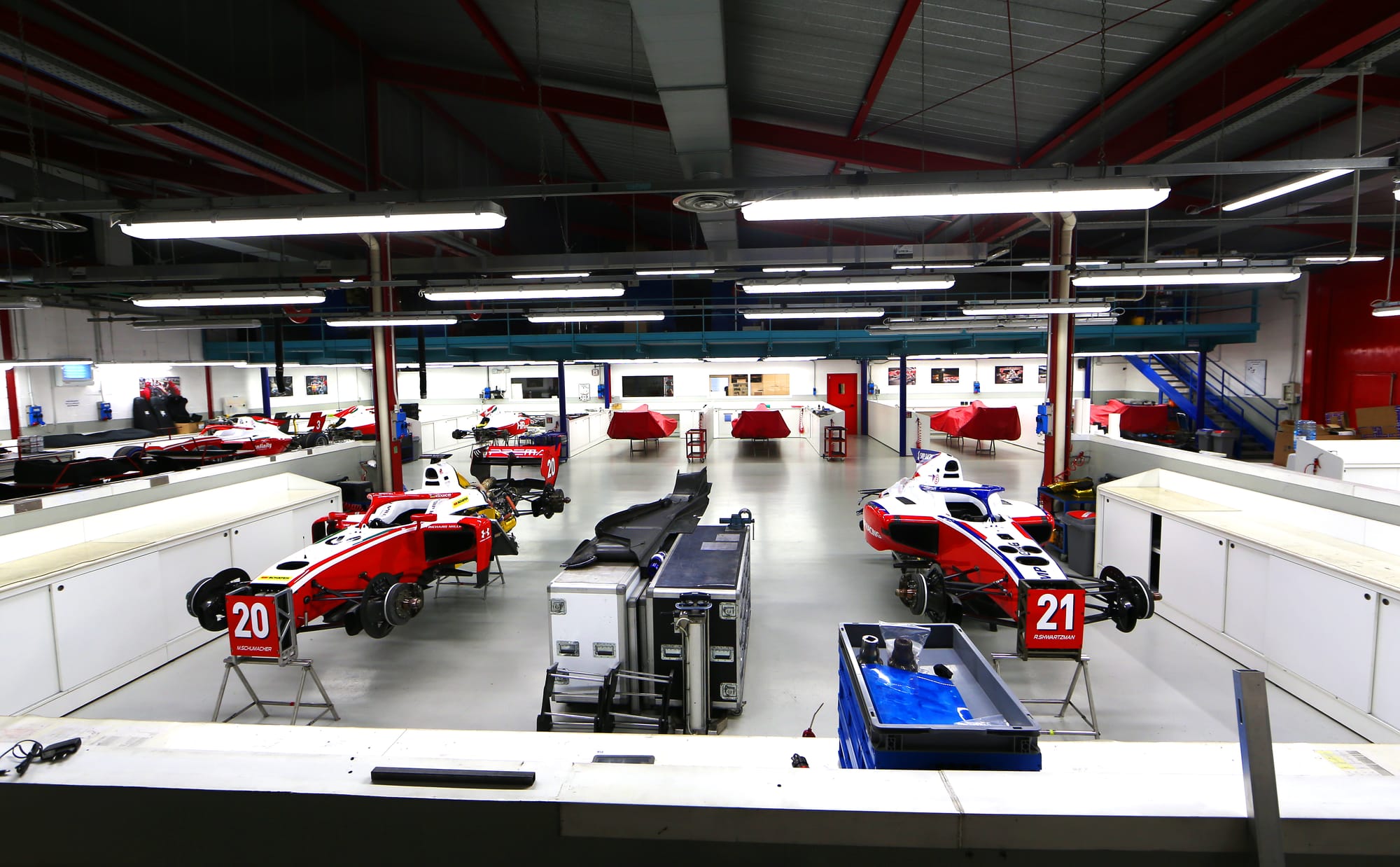
Contrary to some recent incorrect reports, the team will be based in Indiana, in order to be close to the championship’s hub of teams in Indianapolis.
The Race understands the team will not take over a previous team’s facility and will build its own, although the exact details and location are yet to be revealed.
How will the team be structured?
The previous answer gives you a hint at what Prema is trying to achieve. A base in Indianapolis means being in a prime position to attract key members of staff, because that’s where most of them live. Only Team Penske, Dale Coyne, Meyer Shank and AJ Foyt for one of its cars are based outside of Indiana.
This isn’t going to be a satellite team in Indy run by Prema in Italy. Of course it will make use of the resources at its base in Vicenza including equipment and people, but the goal here is to build an IndyCar team from the ground up.
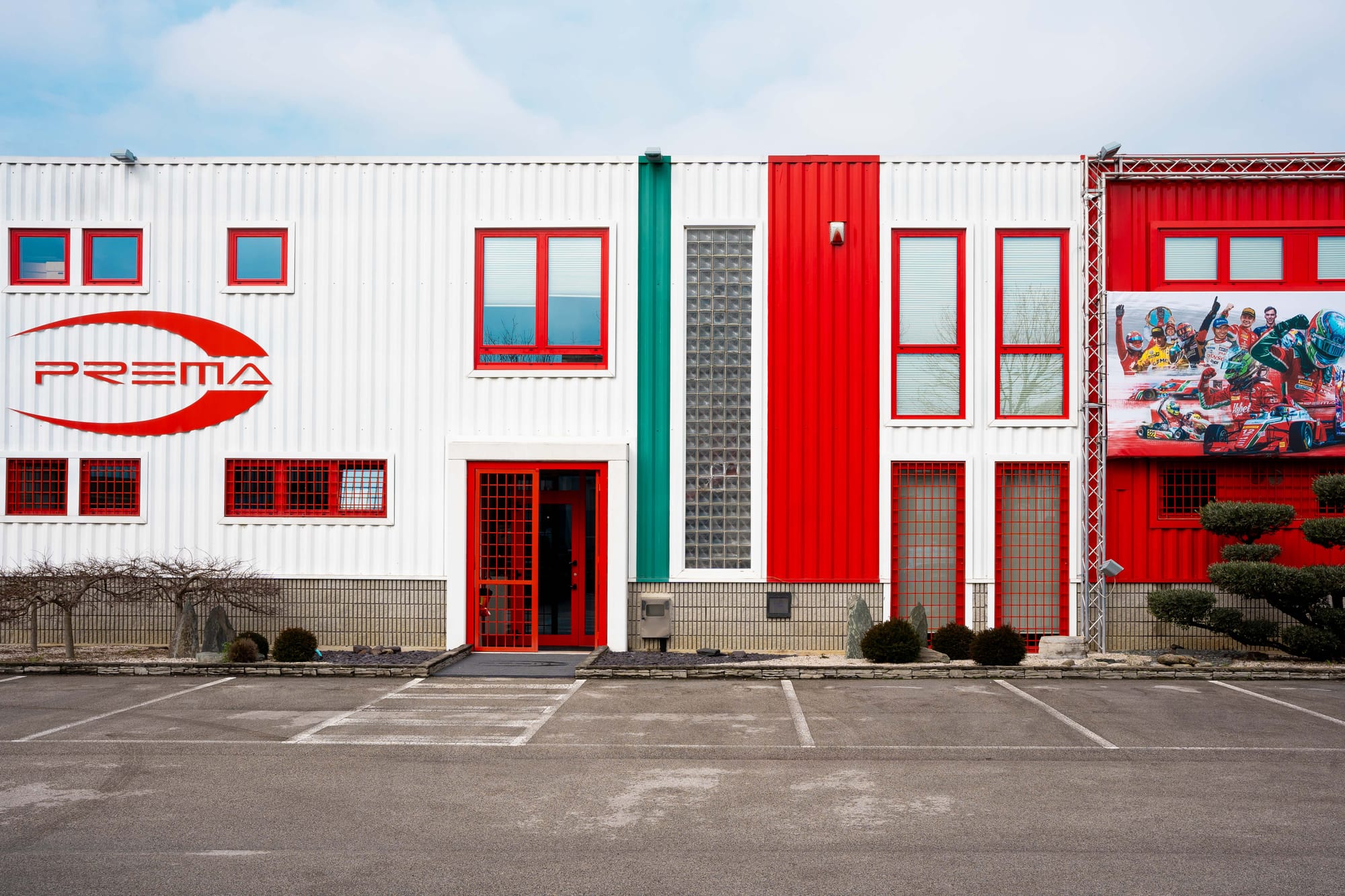
“The way we want to establish the team is with the heart of it being American but our aim is also to implement our traditional methods and culture that has always worked in the past,” says Rosin.
In a similar way to McLaren, which has both welcomed and rejected ideas stemming from Formula 1 in areas like culture, organisation and processes since it took over an IndyCar team in 2020, this project for Prema will be about learning how to blend the culture that has made it successful elsewhere, and finding a way to work that suits a core of American staff who likely will have done things differently in the past. The blend will be crucial.
One thing it's worth saying is that there are so, so many drivers out there who raced for Prema for a short period on their way up the racing ladder, that still keep in touch on a regular basis.
You'll struggle to find someone who has been part of this team and has bad things to say about it.
What about F2 teams failing in IndyCar before?
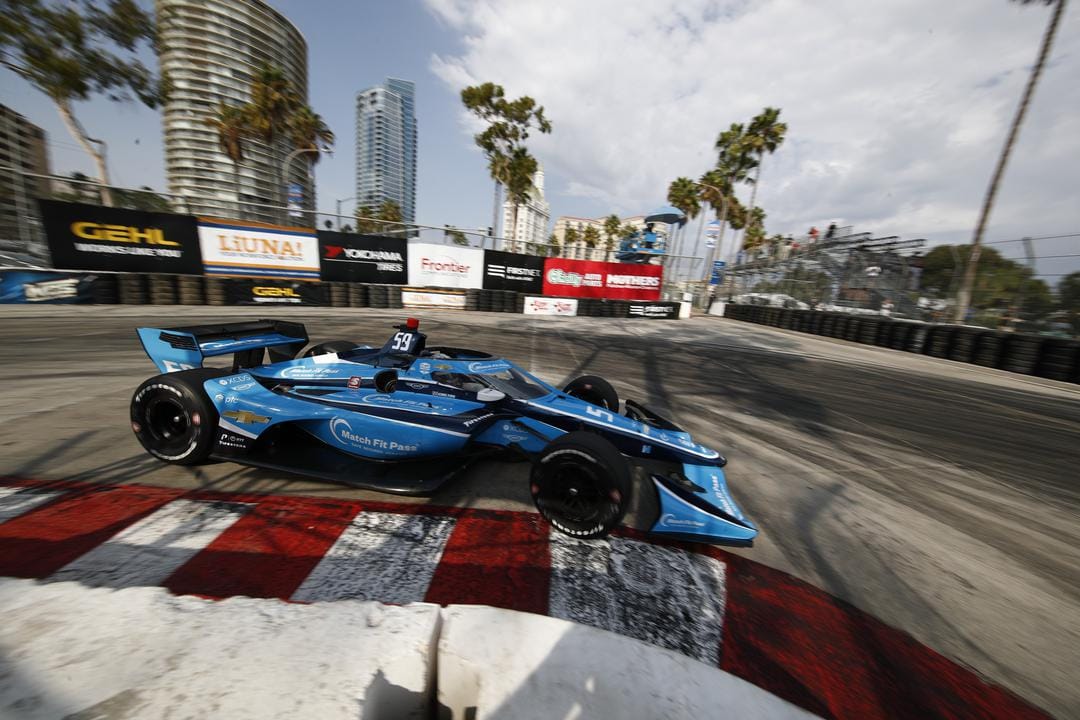
Carlin is the most recent F2 team to try its hand at IndyCar, entering in 2018 before disappearing by the end of 2021.
First off, Carlin had some highs and earned the respect of many for the results it was able to achieve, most notably scoring a pole at the tricky Iowa short oval in 2020 with Conor Daly.
But fundamentally the team did have a lot of staff turnover with many flying over from the UK base to support, and without a technical partnership with an existing team, it struggled to be regularly competitive in these circumstances.
You get the feeling that Prema comes in with slightly better/more resources and with the goal of being more reliant on US personnel than its own, even if it plans to offer its Italian staff the chance to audition in IndyCar if they want to.
Prema is also open to a technical partnership that we've seen in IndyCar in recent years, like Meyer Shank which gets equipment and engineering support from Andretti Global, if it is beneficial. It's being investigated.
Will it lag behind with a hybrid disadvantage?

Prema will arrive in the series when the current IndyCar teams have already been testing the new hybrid unit that is slated to be introduced sometime in the second half of this season.
Rosin says the team are “fast learners” but admits that “2025 will be a pivotal year for us to understand and adapt to this new series”.
It’s clear talking to the team it is realistic. It believes it will be successful in IndyCar but isn’t underestimating the competition or how long it will take to compete on a level playing field.
It should get to test the hybrid unit on multiple occasions before the season starts, so it should be up to speed quickly. But given we haven’t had the unit in competition yet, it’s hard to say how quickly Prema can negate the track time disadvantage.
It has experience of a hybrid from its support of the Lamborghini LMDh sportscar programme, so some of its personnel are familiar, but this new unit will take some learning still.
It will also get plenty of help from Chevrolet. It will be in the best interest of the Bowtie for Chevrolet to be successful, so no doubt it will be helping get the team up to speed as quickly as possible.
How will it approach ovals?
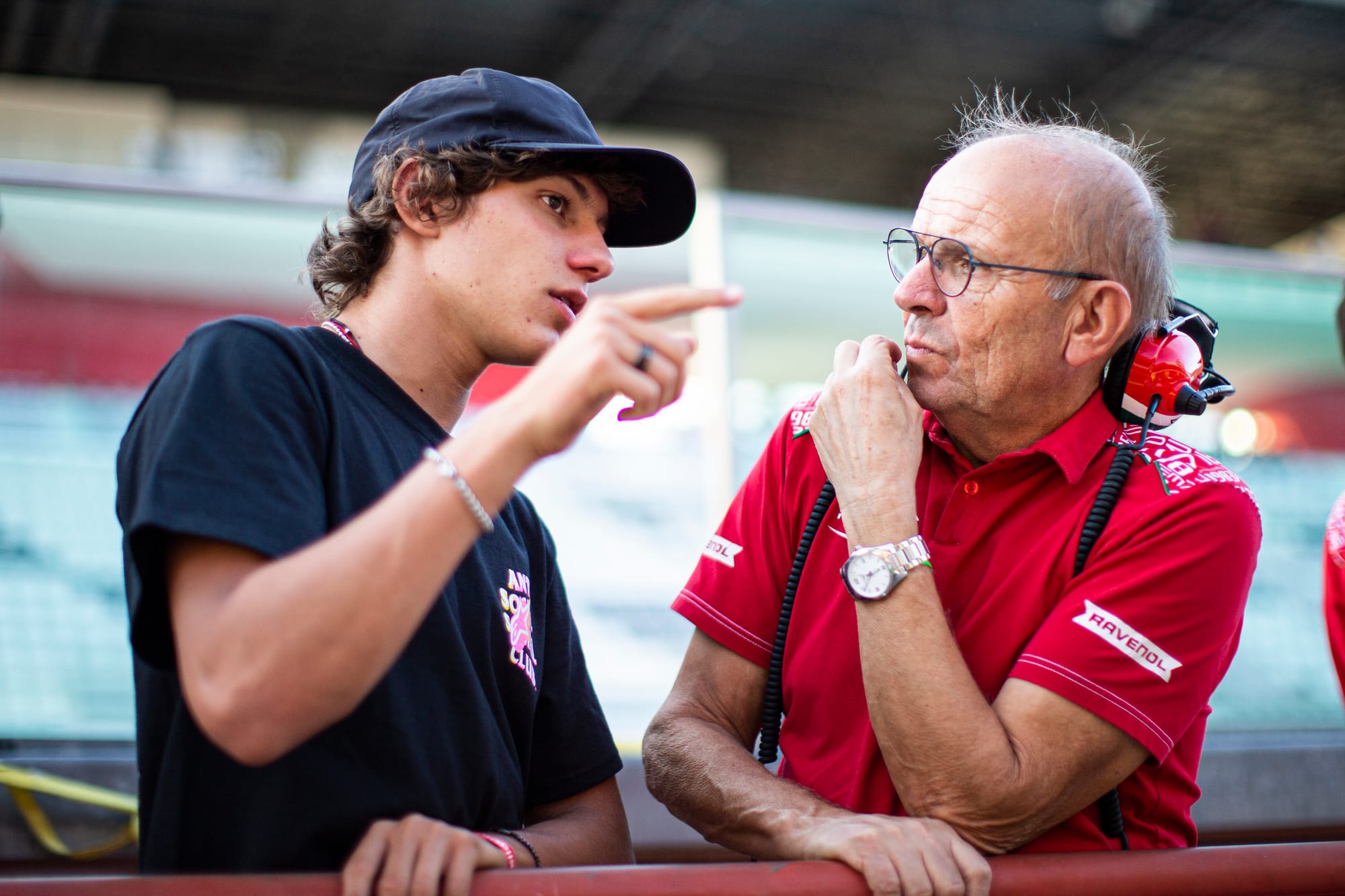
It’s not often this 40-year-old team encounters new challenges, but ovals will be. Neither team founder Angelo Rosin (pictured above) or current team principal Rene Rosin have fielded cars in America before, or been to the Indy 500 as it often clashes with big European-based races like the Monaco Grand Prix.
“I can’t wait to see Prema competing in one of the most famous races in the world,” Rosin said, having made a Le Mans debut in recent years with a class podium, and having won races like Macau which is highly respected in the States, too.
As is often the phrase used by engineers when it comes to ovals, ‘the physics don’t change’, so good personnel are more than capable of adapting and learning. It’s just the period of time it takes that becomes the issue.
Again though, this is going to be a USA-based team and Prema wants people familiar with IndyCar.
“The personnel will be the most valuable asset we will have, especially at the beginning,” says Rosin.
“I think we have a lot to learn here and hiring skilled engineers and mechanics or key figures with experience with ovals in general will be crucial.
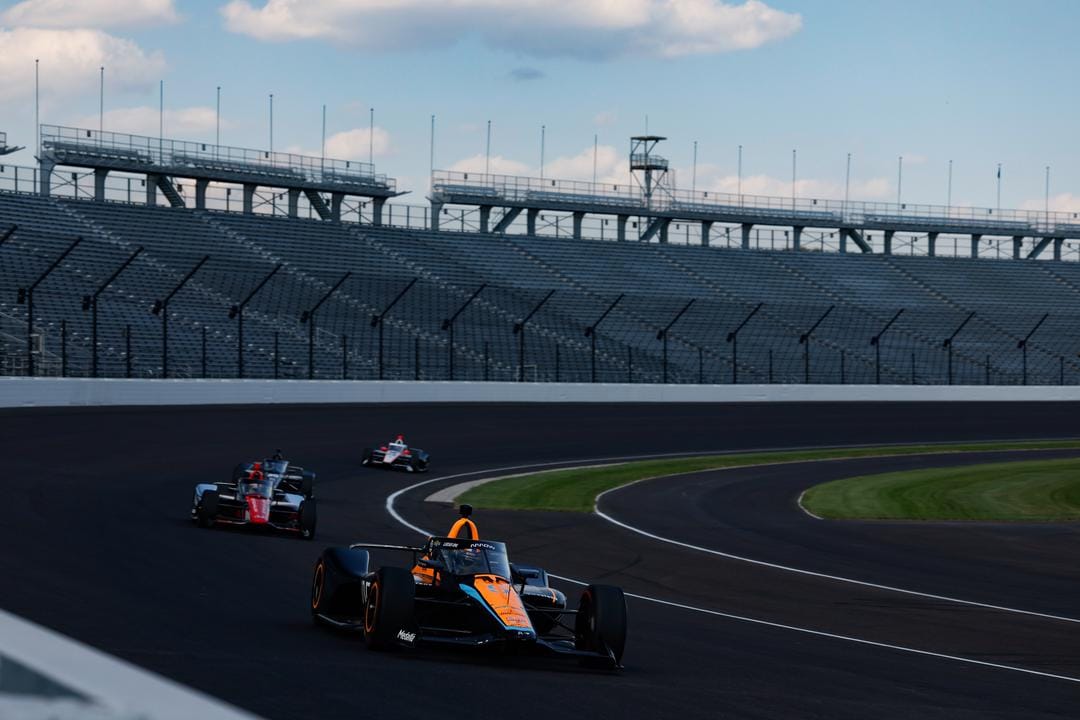
“On the other hand, this is also a new challenge and opportunity to grow for our current employees and for anyone within the team who would be interested in being part of our IndyCar team.
“It will be a priority to choose wisely though and if we want to bridge the gap quickly, experienced people is what we need.”
Phillips will be in charge of overseeing the recruitment drive and blending different aspects of the team. He’s no stranger to F2, having pushed for Christian Lundgaard’s hiring at Rahal Letterman Lanigan while he was president there, so someone who clearly respects the level and value of F2 but is based in the IndyCar world is the perfect person to have overseeing this.
Developing a new car is in the DNA
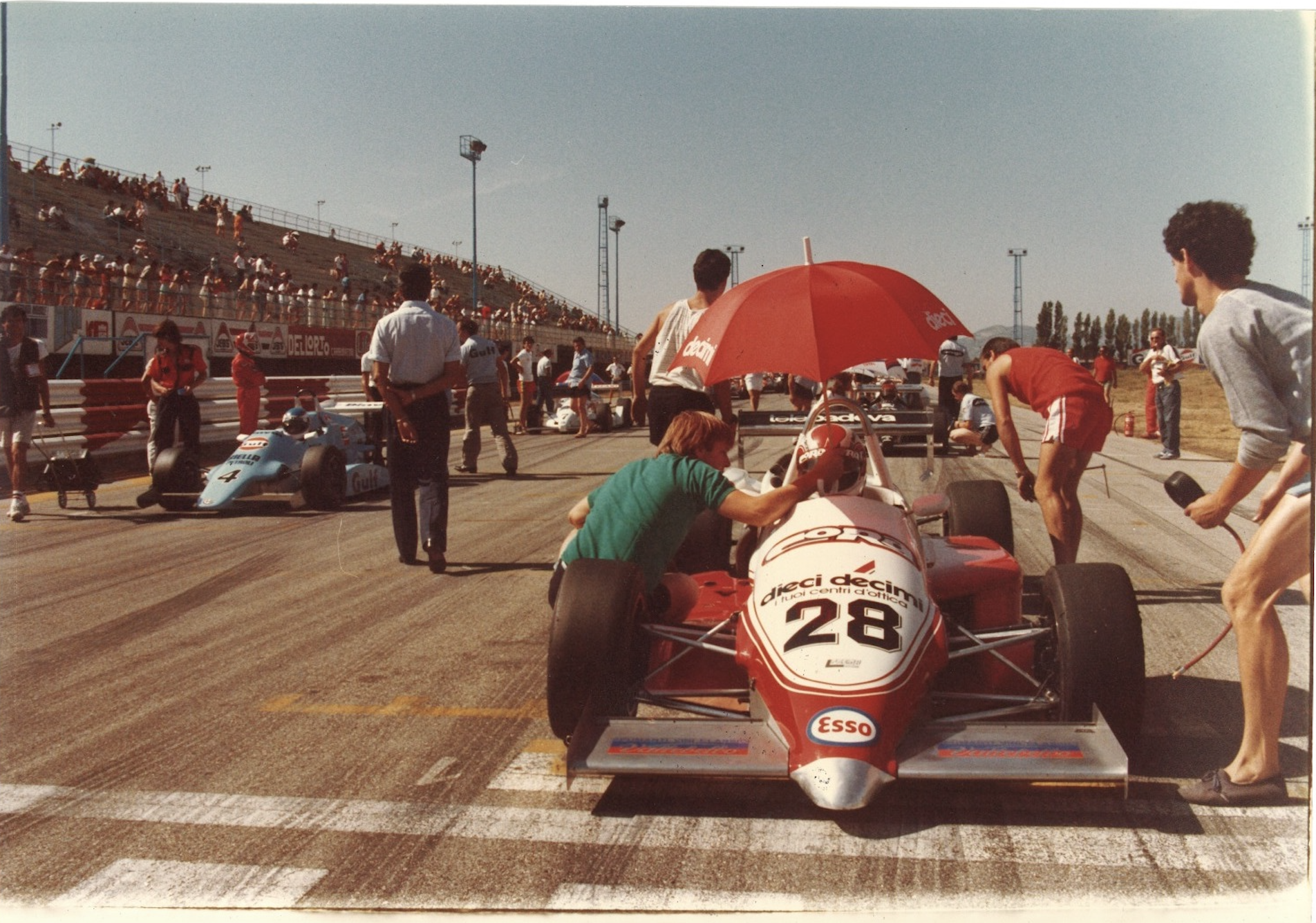
You might think that given Prema competes in a host of series where the chassis and most of the car is decided for it and purchased as a package rather than a car being developed from the ground up, some aspects of IndyCar might be tricky.
And some of the work that goes on with aero behind the scenes and particularly the development of dampers in the series provide so much room for development and gains and losses, that IndyCar is certainly more open to changes than any of the other series Prema is currently competing in.
But one thing to remember is that Prema cut its teeth in the world of 1980s Formula 3, where car development was a lot more familiar.
Prema is the kind of team where you stand in its garage and you can just feel - an admittedly intangible - sense of the history and achievement. That was born out of founder Angelo Rosin and those early years of developing the best possible cars for the regulations which steered future F1 champions and Le Mans winners to success.
“There are in fact some similarities with some of the main characteristics of running in F2 and the other categories we have been involved in for many years,” adds Rene.
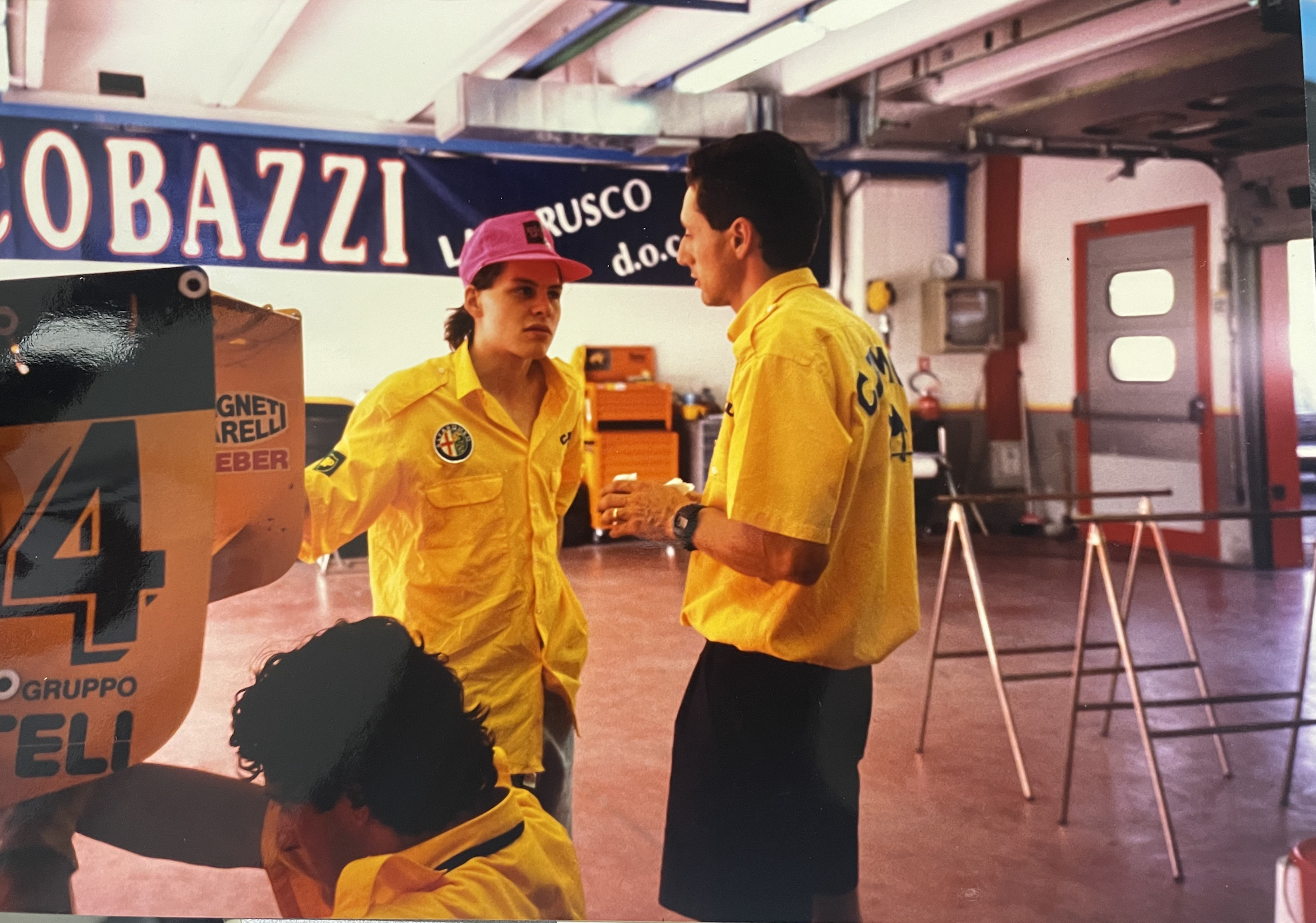
“However, this is not the first time we will be working with elements that can be developed and we have done that over many many years in fact. We must remember that historically Prema has deep roots in Formula 3 and in the past in F3 it was possible to work on many elements on top of also having different engine manufacturers - same as in IndyCar - so we very much look forward to this challenge again.”
It feels like a kind of return to its roots, even if the roots have moved 2000 miles away!
The car number and livery
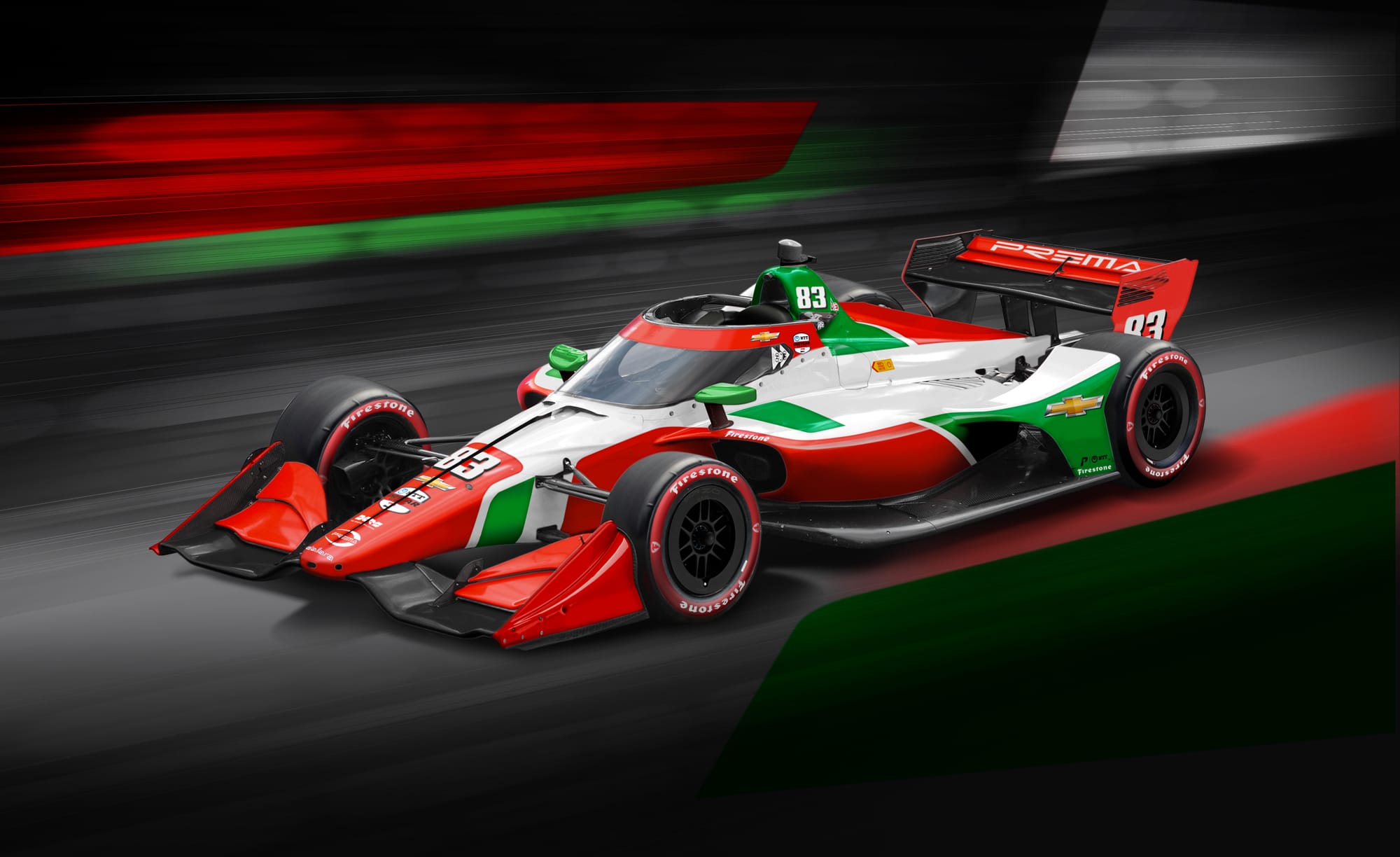
Owing to the team being founded in 1983, the team will run one car with the 83 as it was available in IndyCar. The Race understands Prema wants to keep some brand identity in its livery, perhaps like McLaren which has similar designs across multiple series and just subtly tweaks colours.
Of course, that will depend on things like sponsors. But it feels like being a recognisable Prema car is important.
Is it having an Indy NXT team, too?
Prema's foundations are built on junior single-seaters, so it's logical to ask if Prema will dive into that scene Stateside, too.
But Prema is also known for not biting off more than it can chew. An Indy NXT team is not top of the agenda currently, with Rosin saying the team has "quite enough on our table" at the moment.
It's certainly a possibility in the future.
Is Prema testing this week?
No, the team is just making the announcement that it is joining the series at the Indianapolis Motor Speedway ahead of the test which takes place on April 10-11.
It's easily the biggest test of the IndyCar calendar, the Indianapolis 500 open test, the first chance of 2024 for the teams to properly fettle their cars ahead of the Month of May - and for Indy 500-only drivers like freshly-announced Katherine Legge to get their eye in. Although rain is threatening to halt proceedings.
NASCAR champion Kyle Larson will be on track for Arrow McLaren, which is the team making all the headlines in IndyCar at the moment with the driver who beat Prema to the F2 title last year.
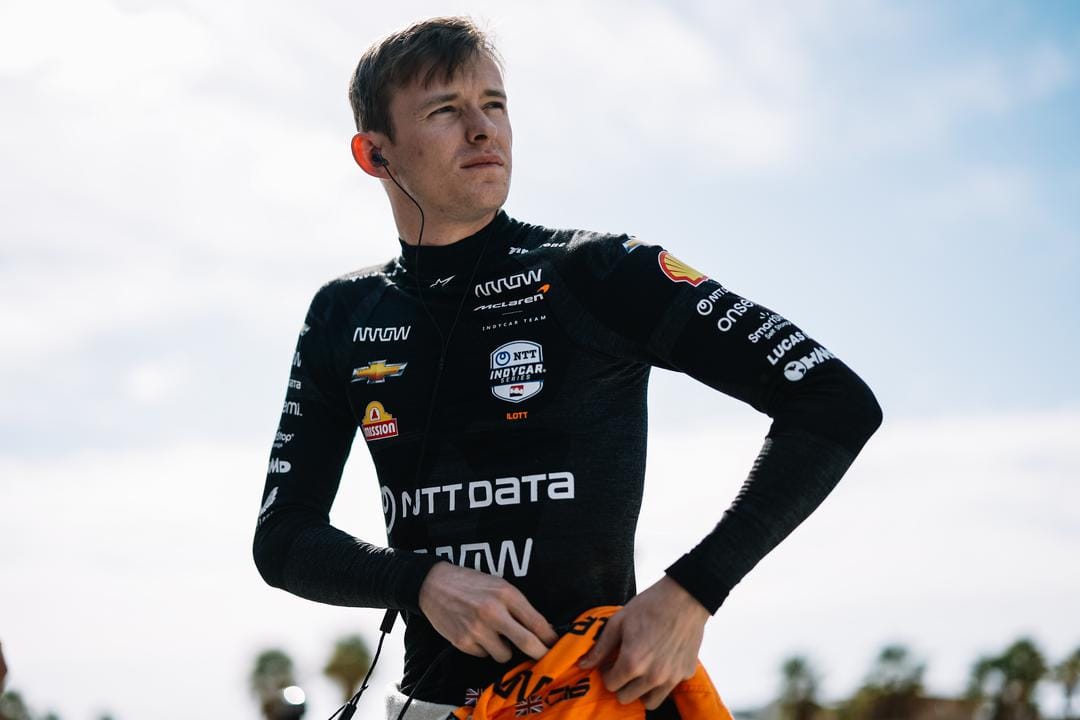
McLaren's injured driver David Malukas is struggling to recover from a hand injury. Ex-Prema F3 driver Ilott did the first two races of the season and returns for this test this week, but will have to miss Long Beach with a clash at Misano.
If Malukas isn't ready in time for Long Beach on April 21, McLaren has drafted in 2023 Formula 2 champion Theo Pourchaire to fill in.
With the Barber race one week later, if Malukas is still out, McLaren would have to choose between keeping Pourchaire in and bringing Ilott back.
All hypotheticals at this stage, and it's desperately sad for Malukas who is desperately trying to get fit to race.
But as for Prema, the hard work has already begun on the highly challenging but equally tantalising task of replicating its F1 ladder supremacy in IndyCar.
